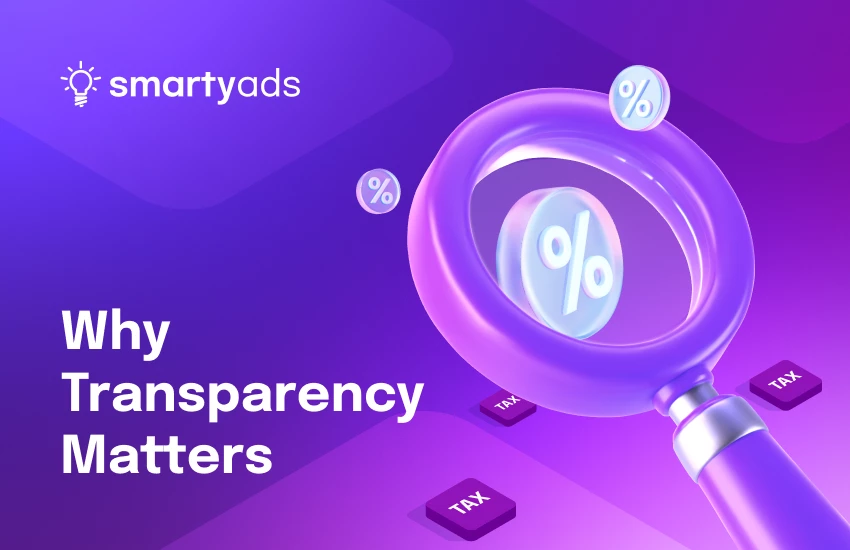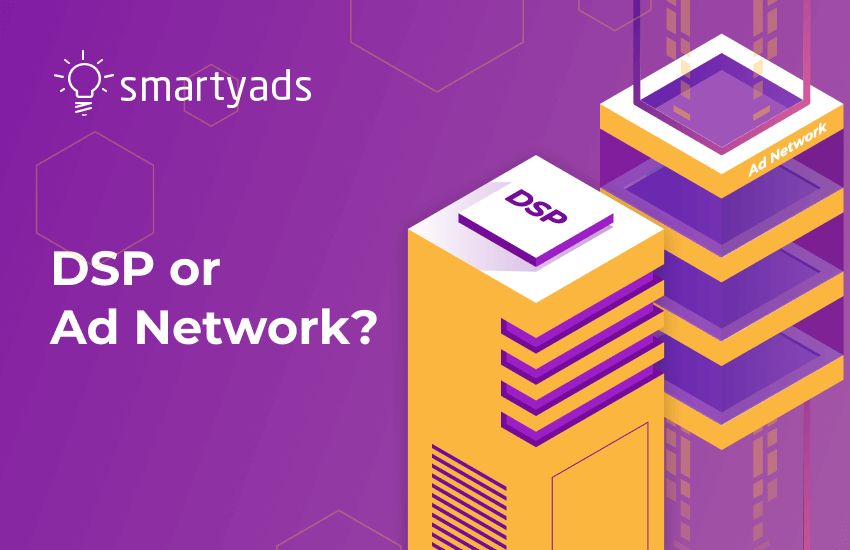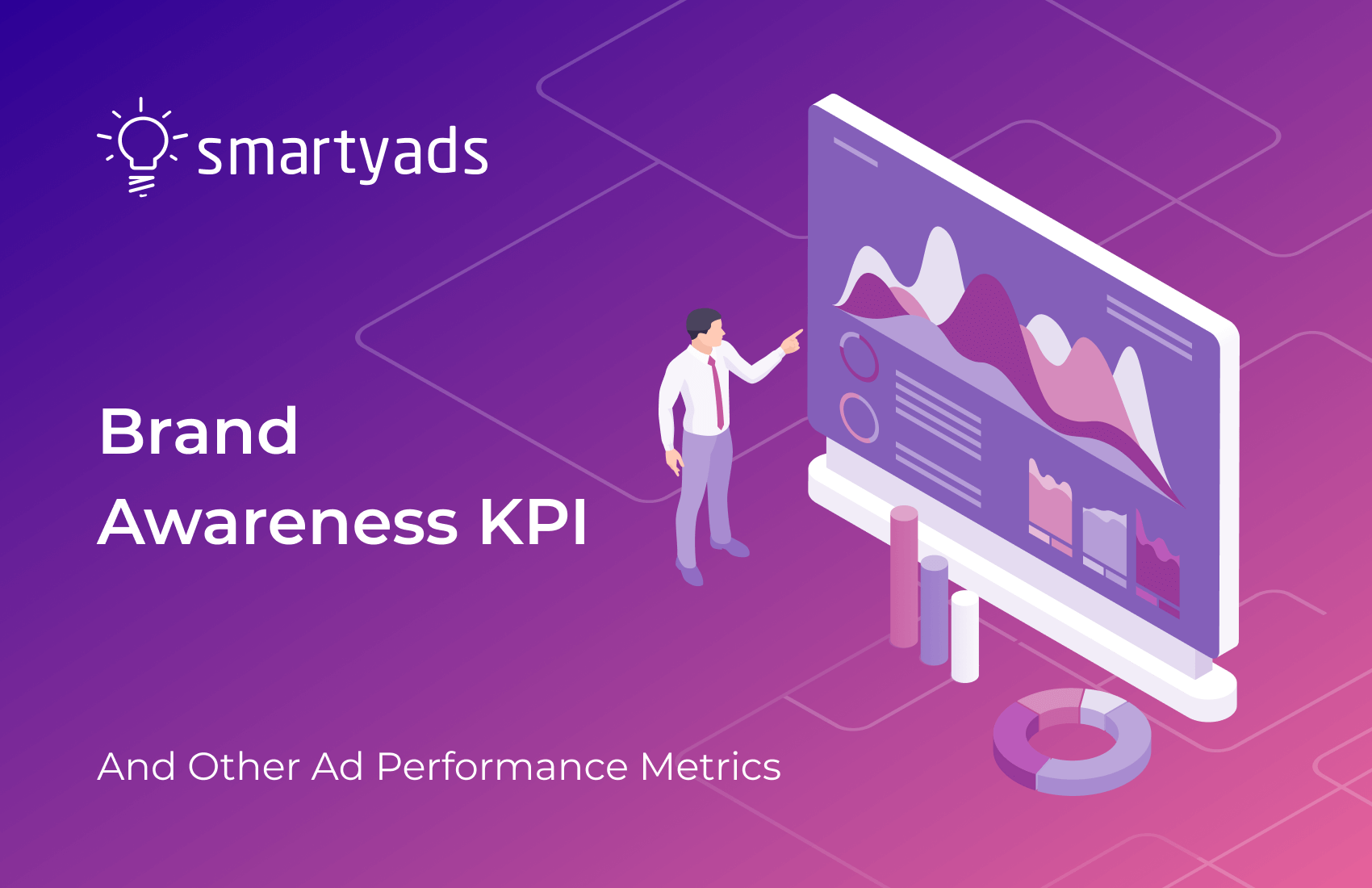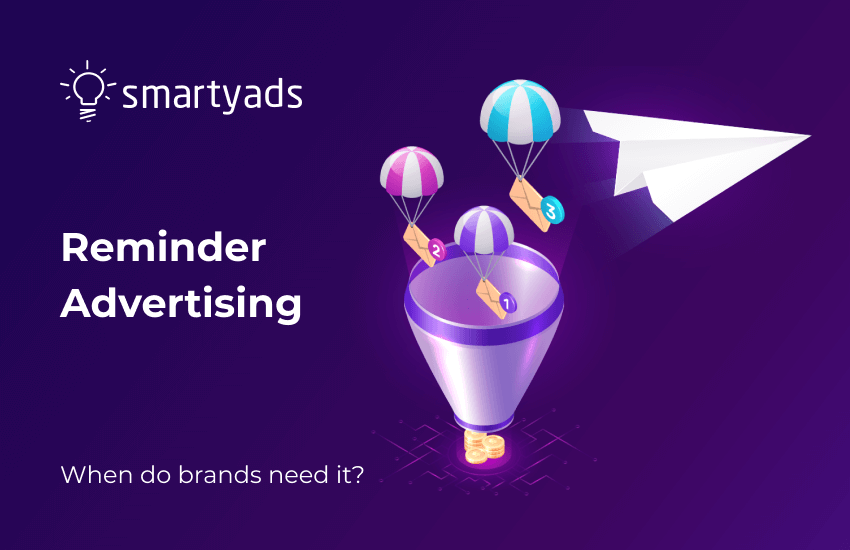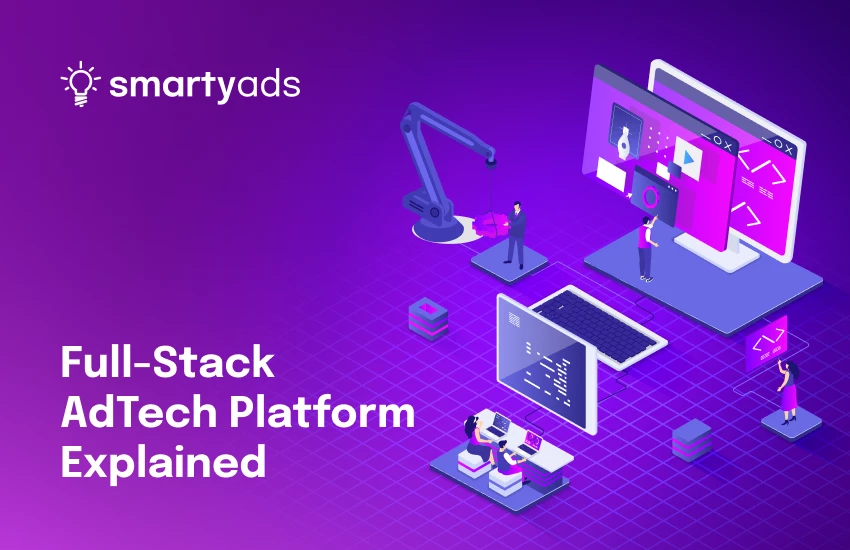Quick quiz: What do 45% of B2B tech buyers desperately want from vendors in 2025?
A) Free coffee during demos
B) Longer sales presentations
C) Pricing transparency
D) More "Let's circle back" emails
If you guessed C, congratulations—you've just identified the number one frustration plaguing modern B2B procurement, according to TrustRadius research. That's nearly half of your potential customers saying, "Just tell us what it costs before we waste three weeks of our lives in discovery calls."
B2B buyers are puzzled by why enterprise software vendors still treat pricing like state secrets. This shift toward transparency directly impacts trust, sales velocity, and customer satisfaction. The companies that embrace transparent pricing build sustainable competitive advantages.
The great B2B pricing hide-and-seek championship
Most enterprise software websites feature the dreaded "Contact Us for Pricing" call-to-action. This opacity creates a uniquely frustrating buyer experience.
A procurement manager needs to evaluate five different solutions, but first must schedule discovery calls with five different sales teams, each promising to "understand your unique needs" before revealing whether their budget can handle a monthly fee of $500 or $50,000.
As Juliette Arnaud, senior director of commerce systems at Hermès of Paris, explained at The Lead Summit: "Even if you have the best solution...we still have to defend it to our CFO." Without transparent pricing, buyers can't effectively communicate costs internally or build business cases for purchases.
The hidden pricing approach forces buyers into lengthy evaluation processes filled with redundant demos, multiple stakeholder calls, and the inevitable "Let me check with my manager" moments that could have been avoided with upfront pricing clarity. According to Gartner research, 77% of B2B buyers describe their latest purchase as extremely complex or difficult—and much of this complexity stems from the information asymmetry that vendors deliberately maintain.
This challenge is particularly acute in the martech space, which was the number one area of investment for B2B marketers last year according to Sagefrog Marketing Group.

The business case for dropping the pricing poker face
Transparent pricing transforms fundamental business metrics.
Trust and confidence acceleration
When prospects can see your pricing upfront, they enter sales conversations already knowing they're in the right ballpark. This eliminates the awkward dance where buyers mentally calculate escape routes while sales reps build toward the big reveal. Research from Salesforce indicates that 84% of buyers say being treated like a person, not a number, is key to winning their business.
Sales cycle compression
Transparent pricing acts like a filter, qualifying prospects before they enter your sales funnel. While this might initially seem like it reduces opportunity volume, it dramatically improves opportunity quality. Companies implementing transparent pricing models report shorter sales cycles, as prospects arrive pre-qualified and ready to discuss implementation rather than affordability.
Conversion rate reality check
Businesses with transparent pricing convert 2-3x better than those hiding prices behind forms. People who can see your pricing and still engage are genuinely interested, not just browsing.
Customer satisfaction insurance
Nobody likes pricing surprises after signing contracts. Transparent pricing reduces post-sale friction, minimizes buyer's remorse, and creates realistic expectations from day one. This translates directly to improved retention rates and reduced churn.
The Transparency Playbook: Best Practices That Actually Work
Start with simplified tiers
Not every pricing model needs the complexity of tax code. Companies like Zoom and Slack succeeded partly by offering clear, straightforward pricing tiers that prospects can understand without a finance degree. Create three to four distinct packages with clear value propositions for each tier.
Embrace the "starting at" approach
If your product truly requires customization, provide baseline pricing with clear criteria for add-ons. Instead of "Contact Us," try "Plans starting at $X/month" with transparent information about what drives pricing variations.
Make ROI calculations visible
Don't just show what it costs—show what it saves. Companies like Asana and Monday.com excel at providing ROI calculators that help prospects justify purchases internally. When buyers can quantify value against cost, they become your internal advocates.
Address the enterprise exception
For truly complex enterprise deals, provide transparent pricing frameworks. Outline base costs, implementation fees, and the factors that influence final pricing. This gives enterprise buyers enough information to budget appropriately without revealing every negotiation point.
The competitive advantage of radical honesty
Companies are discovering that pricing transparency creates sustainable competitive advantages. When competitors force prospects through lengthy sales processes just to discover basic pricing, transparent companies capture market share simply by respecting buyer time and intelligence.
For instance, such brands as Buffer publish their complete pricing structure online, including explanations for why they charge what it does. This transparency has made pricing a competitive weapon that builds customer loyalty faster than traditional sales approaches.
Programmatic advertising companies are following suit. In an industry notorious for hidden fees and complex pricing structures, the companies that show buyers exactly what they're paying for—and why—are winning more deals and keeping clients longer.
In programmatic advertising, clear pricing isn’t just a bonus—it’s a practical advantage. When companies stop hiding numbers behind sales calls and vague estimates, they make it easier for buyers to act. The result is faster decisions and better conversion rates. Those who stay secretive are losing ground to more open competitors.
At SmartyAds, we treat transparency as a standard. It’s not a feature—it’s how we work. We follow established industry frameworks, including the Data Privacy Framework program. This helps us support responsible data use and clear communication.
Transparency also shapes our tools. Advertisers using our DSP can track spending in real time and distribute their budgets accordingly, adjusting how those are getting spent. Tools like a CPM calculator and flexible pacing options help guide decisions. Additionally, all the key numbers are right there in the dashboard in transparent reports that are generated in real time and across the metrics that advertisers need.
When pricing is clear, advertisers stay in control. They know how their budget is used and where to adjust. That’s what we offer at SmartyAds: clarity, control, and results—without the guesswork.
